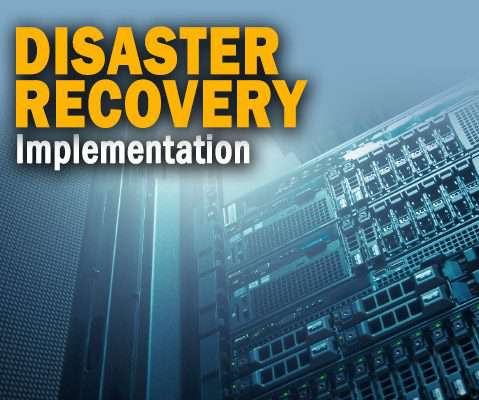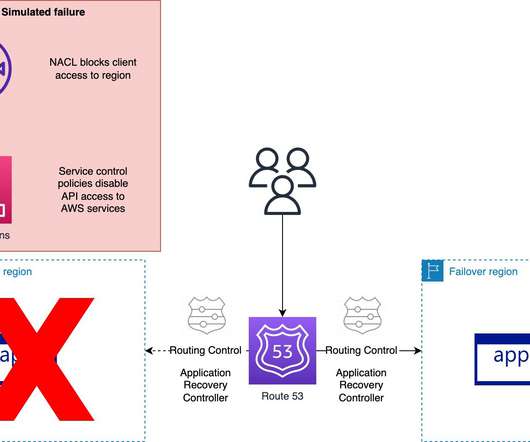Disaster Recovery Implementation: Four Key Steps to Success
Solutions Review
JULY 26, 2022
Step 6: Test the Plan – Use scheduled power outages or major upgrades as a chance to test the plan. You can recover from a failure by using clustering software to failover application operation from a primary server node to a secondary server node over a LAN. RTO is the maximum tolerable length of time of an outage.















Let's personalize your content